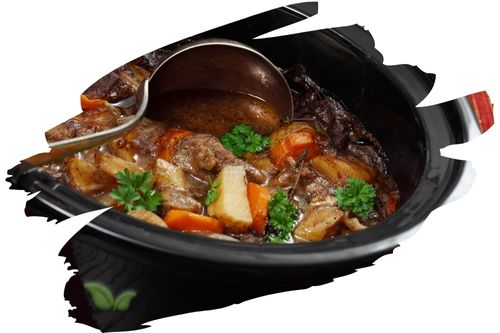
The world of seasonings is vast and varied, with countless types of herbs, spices, blends, and flavorings used in cuisines around the world. While it's difficult to give an exact number of seasonings, some estimates suggest that there are over 300 commonly used herbs and spices. However, this number can vary depending on cultural cuisines, regional preferences, and personal tastes.
Herbs and spices are derived from different parts of plants, including roots, leaves, flowers, seeds, and fruits. Some of the most commonly used herbs and spices include basil, thyme, oregano, rosemary, cumin, coriander, ginger, and cinnamon. These seasonings are used to add flavor and aroma to dishes, as well as to provide nutritional and medicinal benefits.
In addition to individual herbs and spices, there are also countless blends and flavorings used in cuisines around the world. These blends combine different herbs and spices in varying proportions to create unique and complex flavors. Some popular spice blends include curry powder, garam masala, ras el hanout, and za'atar.
Different cultural cuisines use different spice blends and seasoning techniques to create their distinctive flavors. For example, Indian cuisine is known for its use of complex spice blends like garam masala and curry powder, while Mediterranean cuisine often features blends like za'atar and baharat. Mexican cuisine uses a variety of chili peppers and spices like cumin and coriander, while Chinese cuisine features spices like Szechuan peppercorns and star anise.
As the world becomes more connected and diverse, new spice blends and flavorings are constantly being created, making it challenging to determine a fixed number of seasonings. In addition, some spices that were once obscure or exotic have become more widely available as global trade and transportation have increased.
Overall, the world of seasonings is rich and varied, with countless options to explore and experiment with in cooking. Whether using individual herbs and spices or complex blends, seasoning adds depth and complexity to dishes and allows us to explore different cultural cuisines and flavor profiles.
Alert: While spices can have many beneficial properties for health, using them for medical purposes should be done under the guidance and supervision of a healthcare professional or specialist. Some spices may interact with medications or cause adverse reactions in certain individuals, and it is important to use them safely and appropriately. If you are considering using spices for a medical condition, it is important to consult with a healthcare professional before doing so.




















































